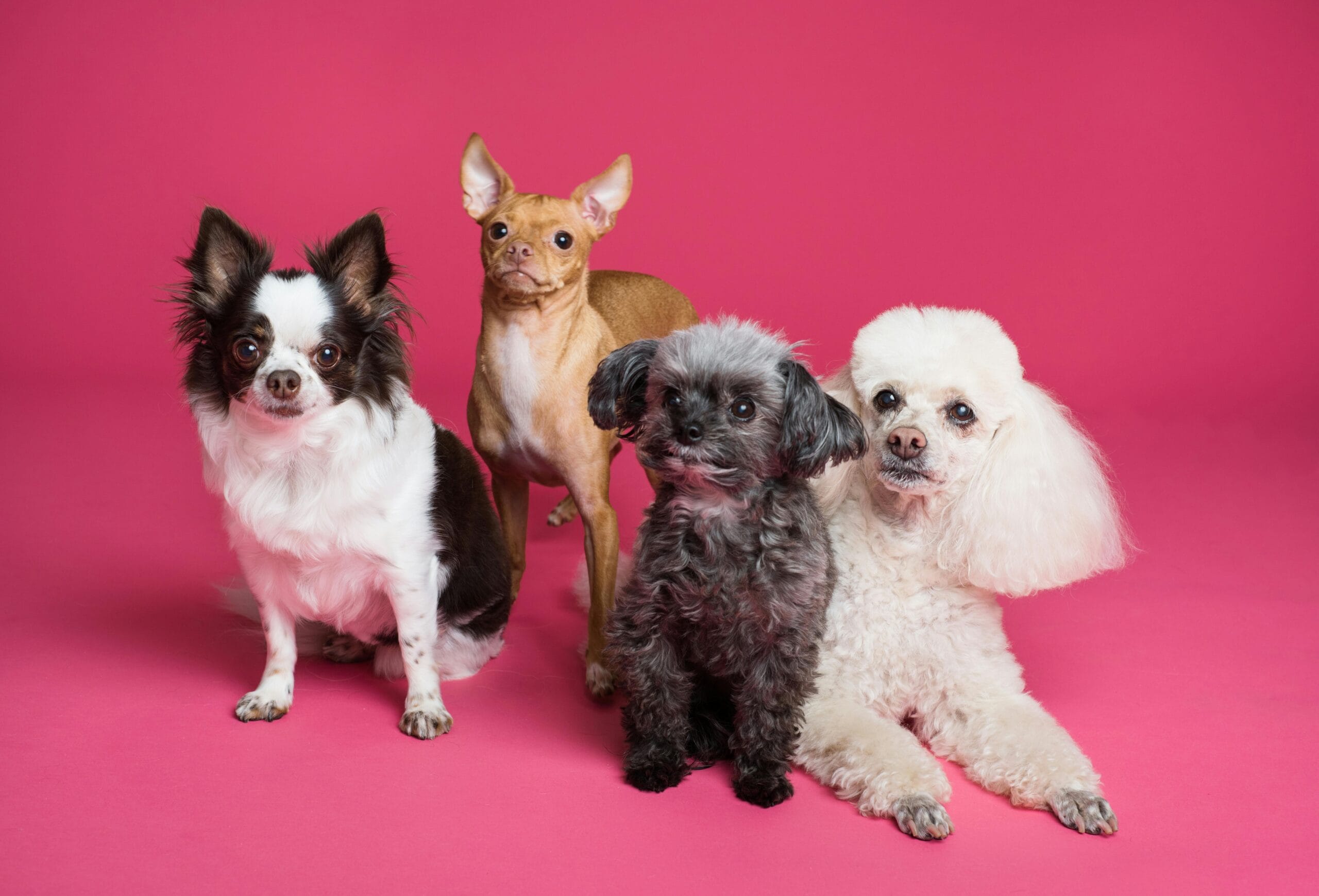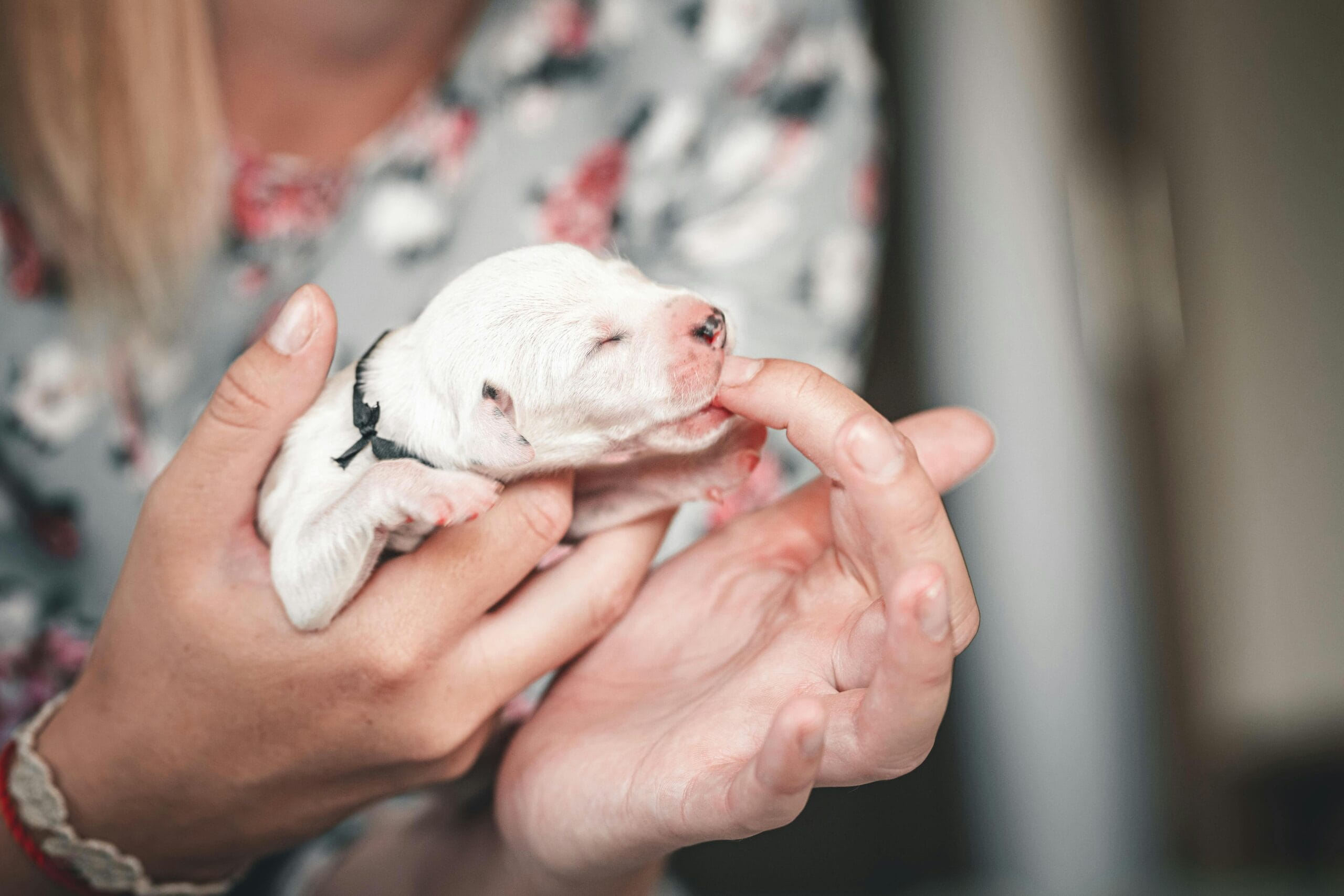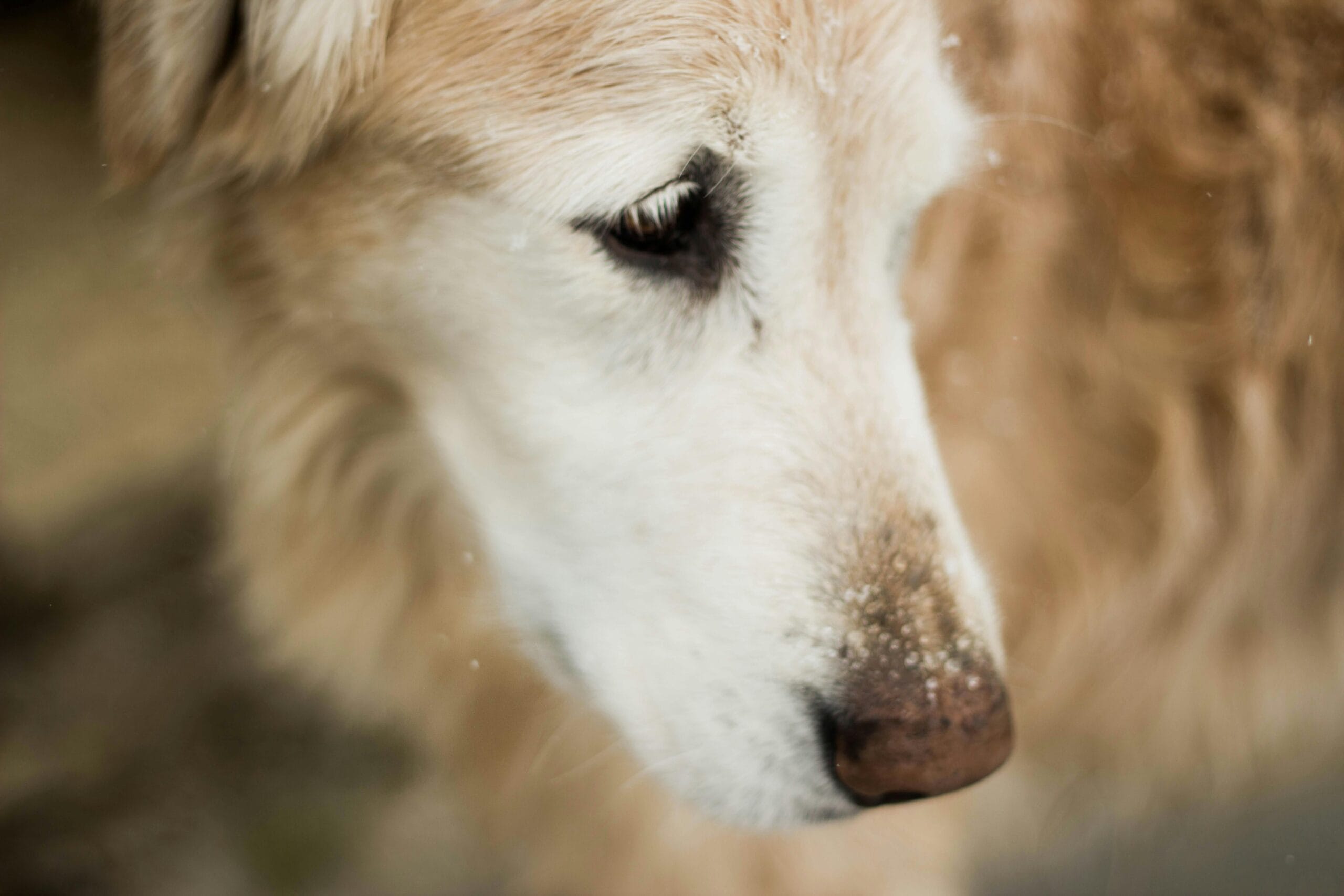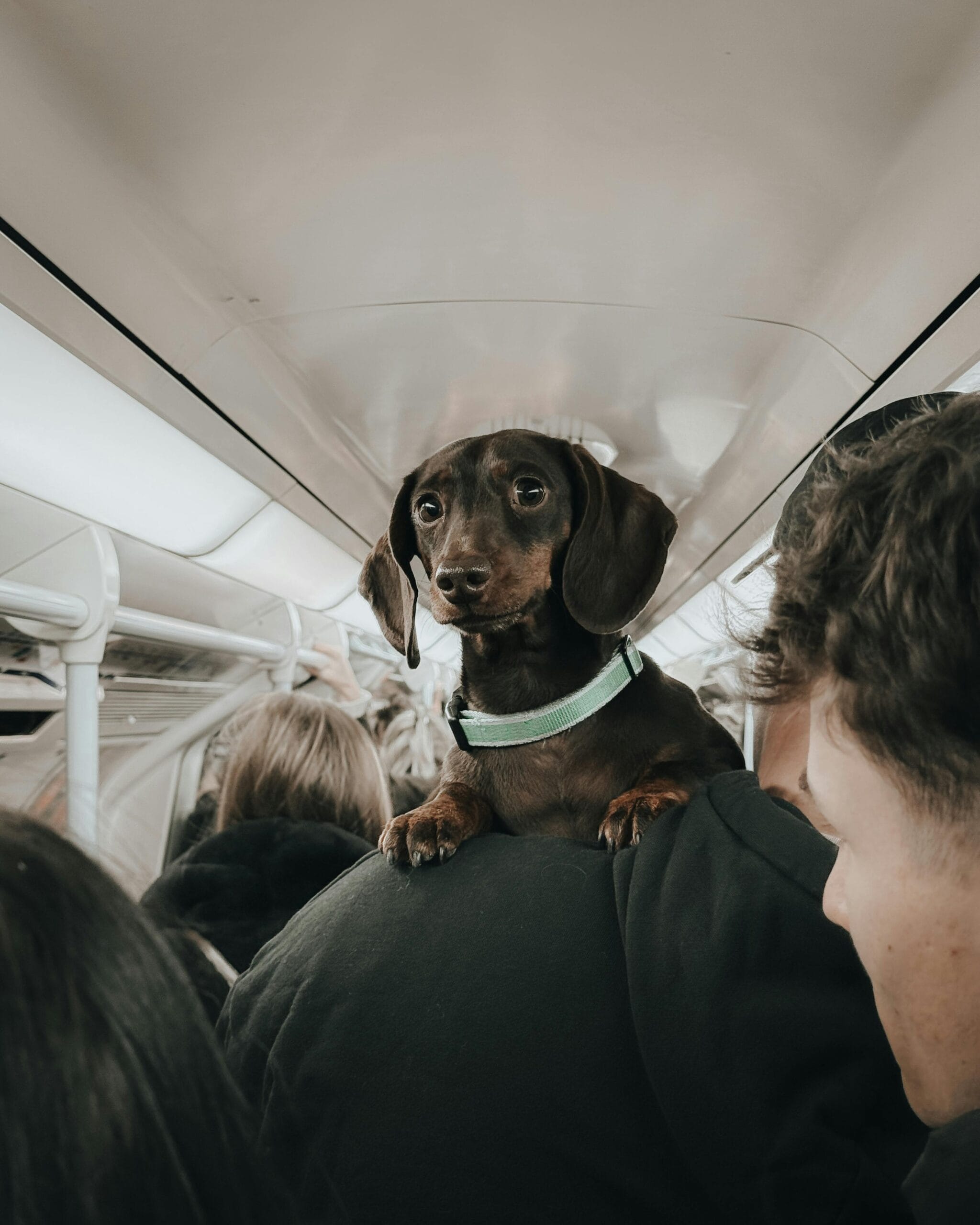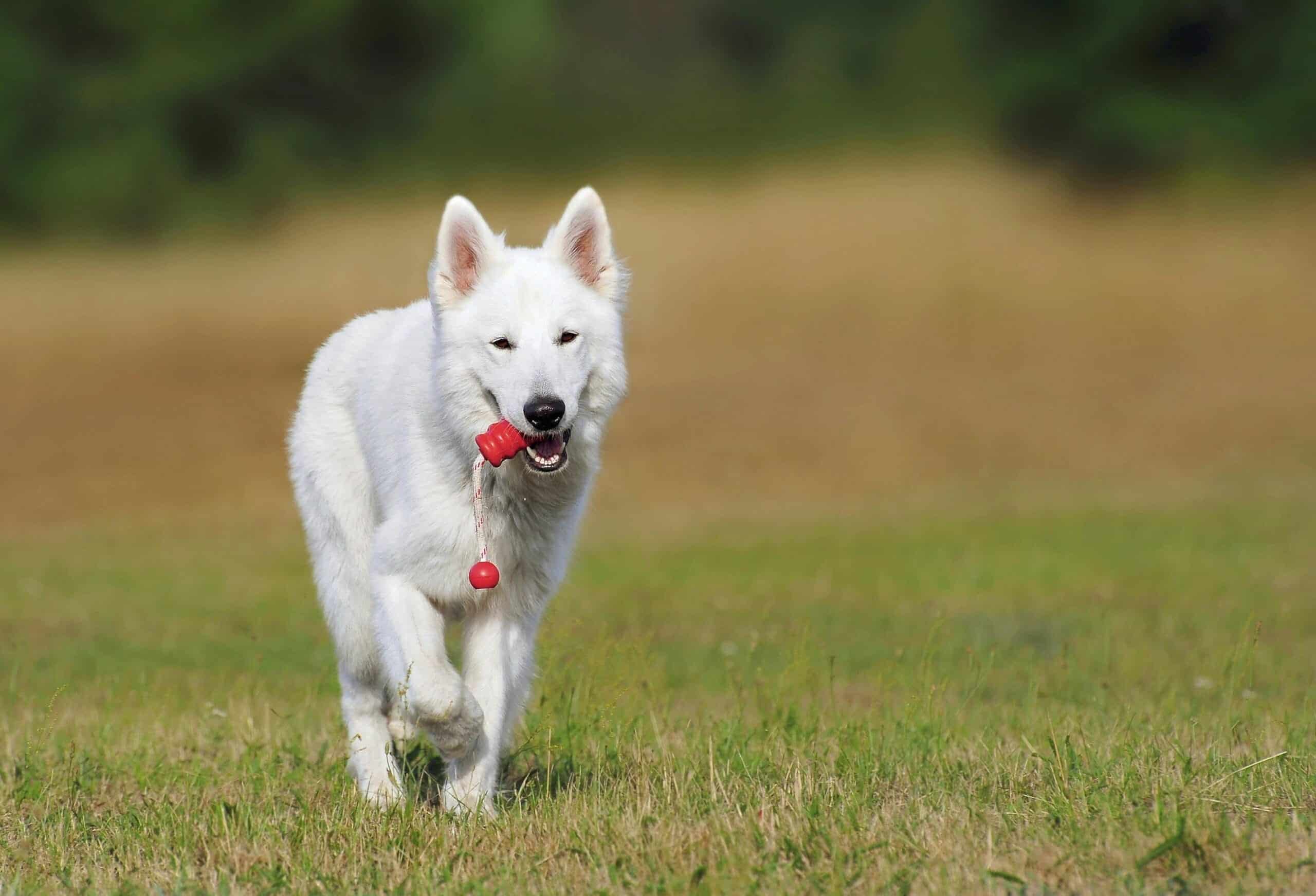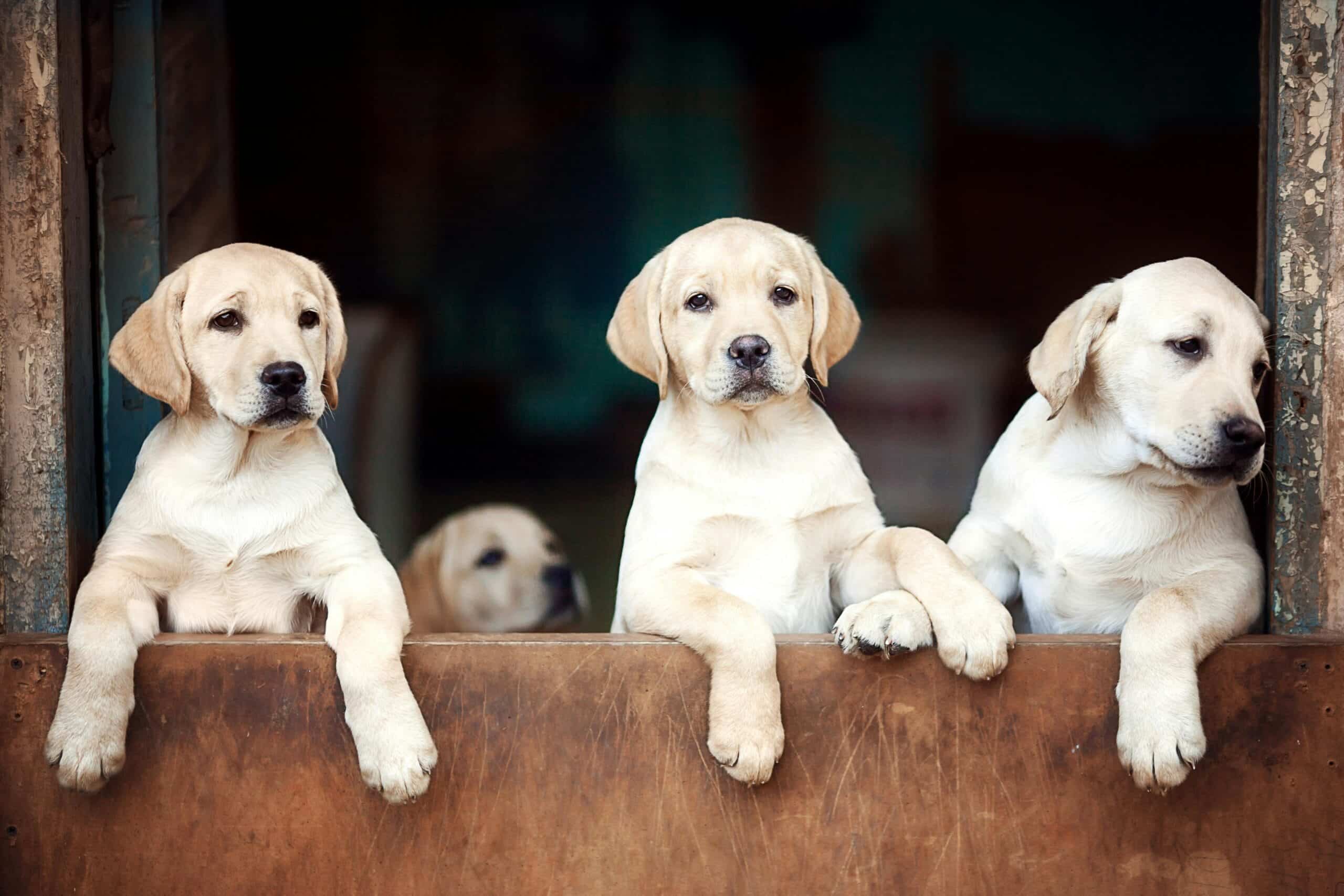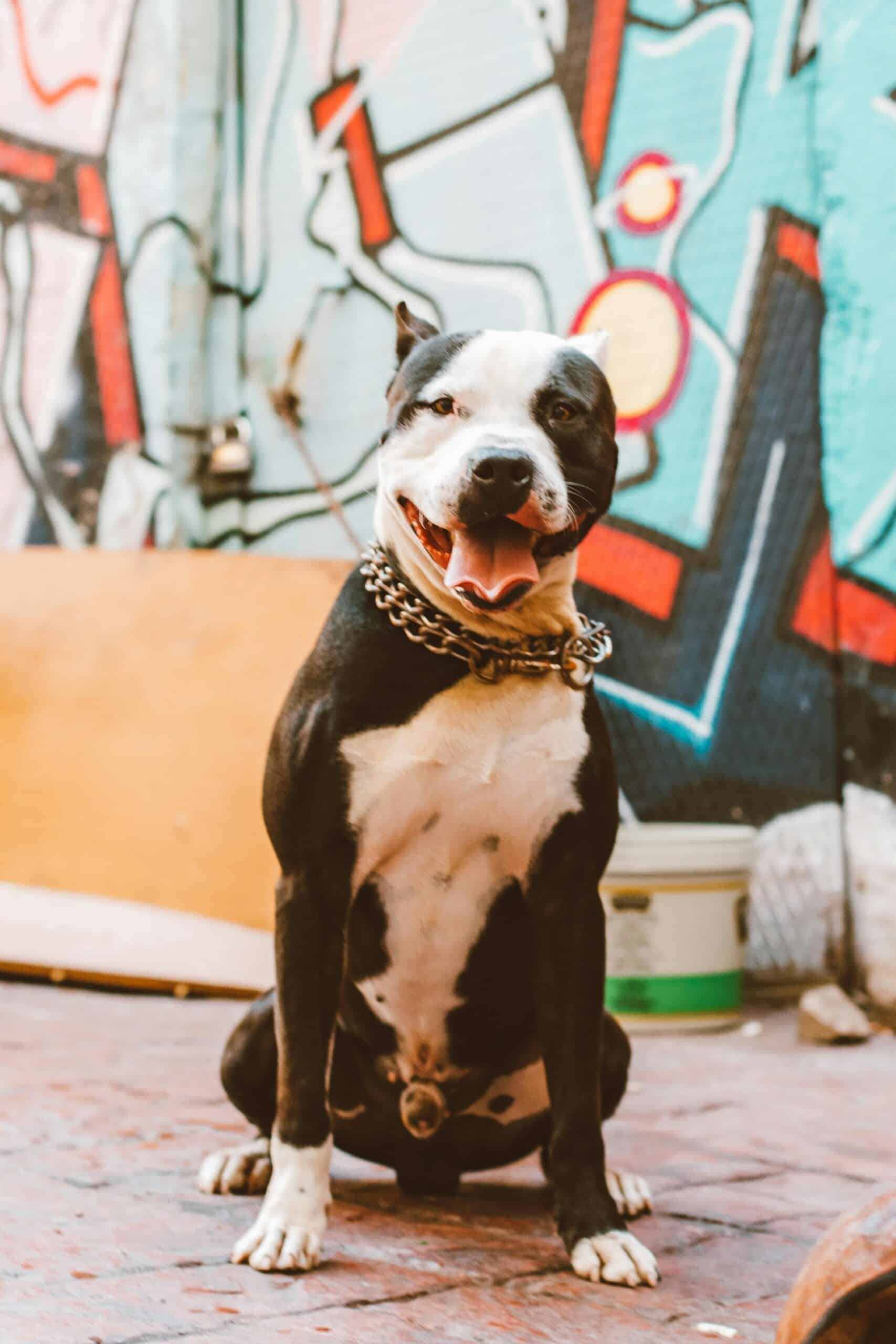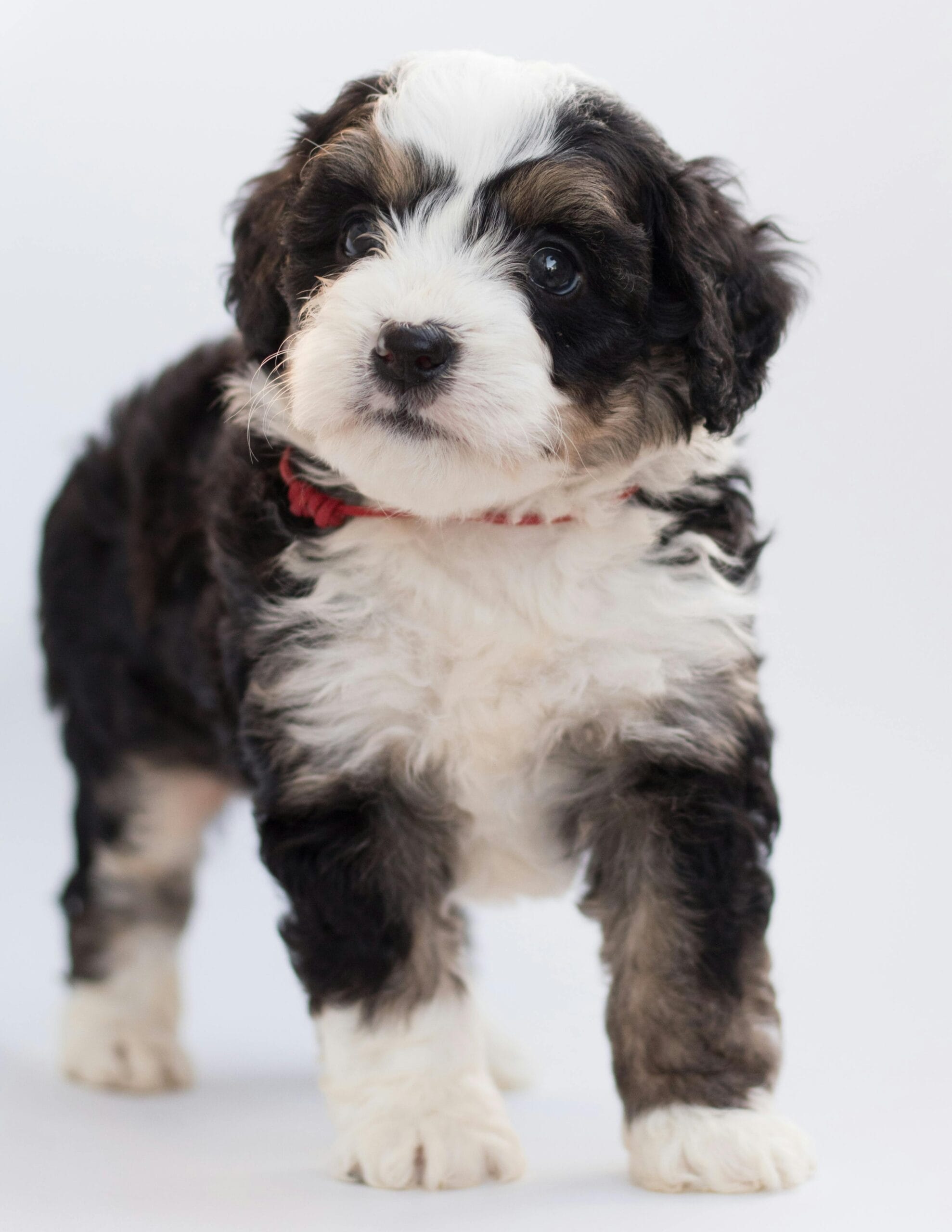Your Definitive Guide to Wolfdog Species and Dog Breeds
Welcome to Perrolobo.orgthe leading portal for wolfdog enthusiasts and the various DOG BREEDS! Here, we are passionate about sharing detailed and updated information about the different wolf dog speciestheir unique characteristics, behaviors and essential care.
Canine hygiene is essential to ensure the health and well-being of our pets. Keeping your dog clean is [...]
The Czechoslovakian Wolfdog is a fascinating breed that has captured the attention of enthusiasts around the world. With [...]
Owning an elderly dog is an enriching experience, but it also requires special attention to ensure that our faithful [...]
House training a puppy is an exciting and challenging experience that can forge a strong bond between you and your [...]
Training a dog can be a rewarding experience for both the human and the animal. However, it is [...]
The Labrador Retriever is one of the most popular and beloved dog breeds in the world. Known for their natural [...]
As a dog owner, keeping your dog healthy and free of parasites such as fleas and ticks is a constant priority. These [...]
The American Pit Bull Terrier is a breed that has captured the attention and hearts of many Pit Bull enthusiasts.
Adopting a dog instead of buying one is a decision that can bring with it a variety of benefits. From the [...]
Explore the Fascinating World of Wolfdog Species
Discover everything you need to know about the wolfdog species, from their origins and genetics to practical tips for breeding and training. Our experts will guide you through the particularities of each species, helping you to understand and appreciate these amazing animals even more.
Know the Different Dog Breeds
In addition to focusing on wolfdogs, at Perrolobo.org we also explore a wide range of DOG BREEDS. We offer comprehensive guides and informative articles that will give you a thorough understanding of the most popular breeds as well as the lesser-known ones. Learn about their temperaments, care needs and how to provide them with a healthy and happy life.
Join Our Dog & Wolf Lovers Community
We are a group of people passionate about dogs and wolves, and we want to share that passion with you. Join our community to keep up to date with the latest news, tips and articles about wolfdogs, dog breeds, wolves and other animals - explore, learn and share your love for these wonderful creatures with us!
Tips and Care for your Dog: Improve your Dog's Quality of Life
At perrolobo.orgWe are dedicated to helping you provide the best possible care for your pet. In our section of Tips and CareIn this section, you will find essential information to keep your dog healthy, happy and well-trained. From feeding recommendations to training techniques and general wellness, we offer practical guides based on the latest research and expert experience.
Visit our section of Tips and Care and stay informed with the best tips to take care of your dog, because a healthy dog is a happy dog!
Canine hygiene is essential to ensure the health and well-being of our pets. Keeping your dog clean is [...]
Owning an elderly dog is an enriching experience, but it also requires special attention to ensure that our faithful [...]
House training a puppy is an exciting and challenging experience that can forge a strong bond between you and your [...]
Training a dog can be a rewarding experience for both the human and the animal. However, it is [...]
